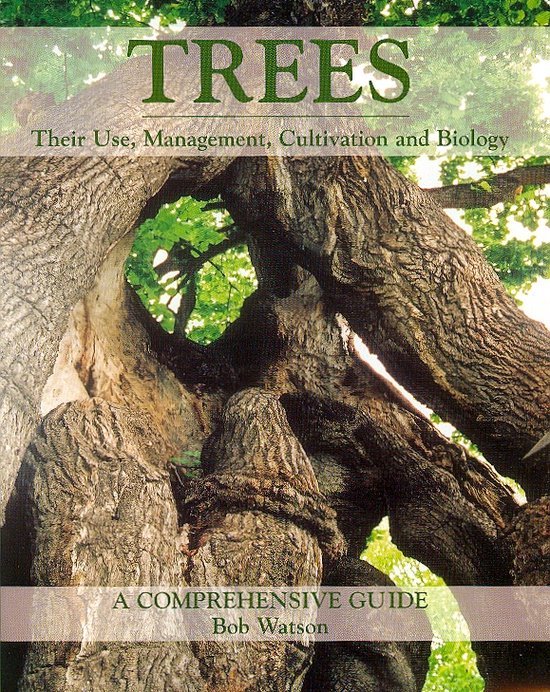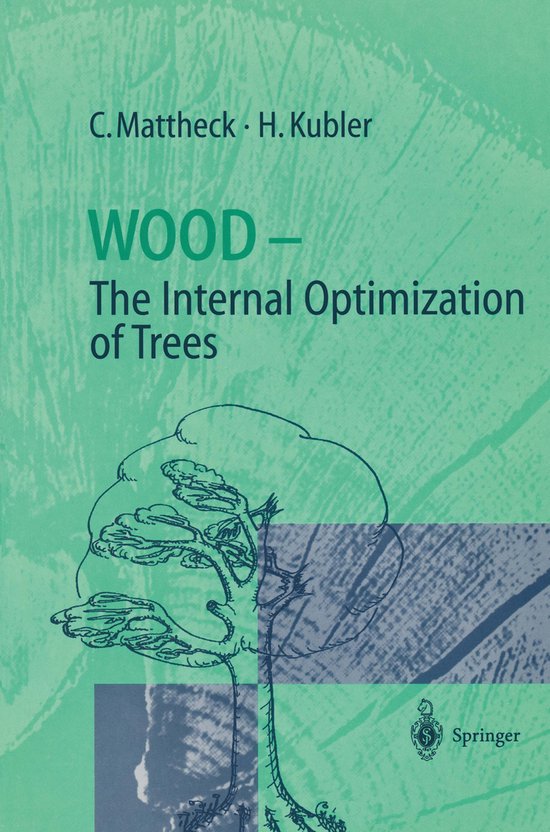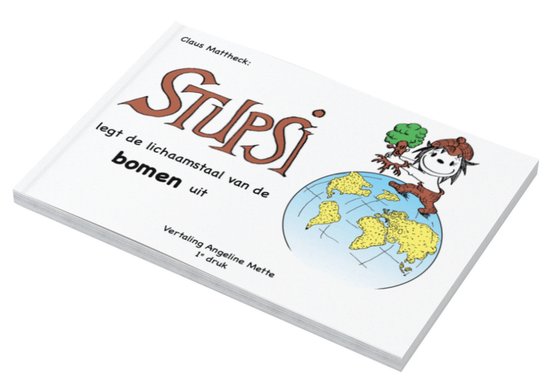
Design in Nature
It is the synthesis of many years of extensive research using the latest computer methods at the Karlsruhe Research Centre to help understand the mechanism of biological self-optimization (adaptive growth) and to simulate it by computer.
The chicken bone which you nibbled and threw away yesterday was a high-tech product! In fact it was a superlative light-weight design functionally adapted to the mechanical requirements. No engineer in the world has as yet been able to copy this structural member, which is excellently optimized in its external shape and its internal architecture as regards minimum weight and maximum strength.
The tree trunk on which you recently carved your initials has also over the course of its life, steadily improved its internal and external structure and adapted itself optimally to new loads. In the course of its biomechanical self-optimization, it will heal the notch you cut as speedily as possible, in order to repair even the smallest weak point, which might otherwise cost it its life in the next storm.
This book is dedicated to the understanding of this biomechanical optimization of shape. And not only that: With the knowledge of these perfect processes of self-optimization in nature, techniques for the improvement of mechanical structural members could be developed. Industry already uses them. Nature shows us the way to eco-design, to machines in accordance with nature's laws governing structures and shapes.
CLAUS MATTHECK: Born in Dresden, Germany in 1947. Study of physics in Dresden, PhD in theoretical physics in 1973. Habilitation in the field of damage control in 1985. Lectures on biomechanics at the University of Karlsruhe. Head of the Department of Biomechanics of the Research Centre in Karlsruhe, where the results described in this book were obtained. Several awards in science and literature.
The chicken bone you nibbled yesterday and threw away was a high-tech product! Not only that: it was a superlative light-weight design, functionally adapted to its mechanical requirements. No engineer in the world has, as yet, been able to copy this structural member, which is excellently optimized in its external shape and its internal architecture as regards minimum weight and maximum strength. The tree stem on which you recently carved your initials has also, by life-long care for its body, steadily improved its internal and external structure and adapted optimally to new loads. In the course of its biomechanical self-optimization it will heal up the notch you cut as speedily as possible, in order to repair even the smallest weak point, which might otherwise cost it its life in the next storm. This book is dedicated to the understanding of this biomechanical optimization of shape. It is the synthesis of many years of extensive research using the latest computer methods at the Karlsruhe Research Centre to help understand the mechanism of biological self-optimization (adaptive growth) and to simulate it by computer. The method newly developed for this purpose was called CAO (Computer-Aided Optimization). With this method, it is possible to predict the growth of trees, bones and other biological structures from the tiger's claw to the sea urchin's skeleton.
The chicken bone which you nibbled and threw away yesterday was a high-tech product! In fact it was a superlative light-weight design functionally adapted to the mechanical requirements. No engineer in the world has as yet been able to copy this structural member, which is excellently optimized in its external shape and its internal architecture as regards minimum weight and maximum strength.
The tree trunk on which you recently carved your initials has also over the course of its life, steadily improved its internal and external structure and adapted itself optimally to new loads. In the course of its biomechanical self-optimization, it will heal the notch you cut as speedily as possible, in order to repair even the smallest weak point, which might otherwise cost it its life in the next storm.
This book is dedicated to the understanding of this biomechanical optimization of shape. And not only that: With the knowledge of these perfect processes of self-optimization in nature, techniques for the improvement of mechanical structural members could be developed. Industry already uses them. Nature shows us the way to eco-design, to machines in accordance with nature's laws governing structures and shapes.
CLAUS MATTHECK: Born in Dresden, Germany in 1947. Study of physics in Dresden, PhD in theoretical physics in 1973. Habilitation in the field of damage control in 1985. Lectures on biomechanics at the University of Karlsruhe. Head of the Department of Biomechanics of the Research Centre in Karlsruhe, where the results described in this book were obtained. Several awards in science and literature.
The chicken bone you nibbled yesterday and threw away was a high-tech product! Not only that: it was a superlative light-weight design, functionally adapted to its mechanical requirements. No engineer in the world has, as yet, been able to copy this structural member, which is excellently optimized in its external shape and its internal architecture as regards minimum weight and maximum strength. The tree stem on which you recently carved your initials has also, by life-long care for its body, steadily improved its internal and external structure and adapted optimally to new loads. In the course of its biomechanical self-optimization it will heal up the notch you cut as speedily as possible, in order to repair even the smallest weak point, which might otherwise cost it its life in the next storm. This book is dedicated to the understanding of this biomechanical optimization of shape. It is the synthesis of many years of extensive research using the latest computer methods at the Karlsruhe Research Centre to help understand the mechanism of biological self-optimization (adaptive growth) and to simulate it by computer. The method newly developed for this purpose was called CAO (Computer-Aided Optimization). With this method, it is possible to predict the growth of trees, bones and other biological structures from the tiger's claw to the sea urchin's skeleton.
| Auteur | | Claus Mattheck |
| Taal | | Engels |
| Type | | Paperback |
| Categorie | | Wetenschap & Natuur |





